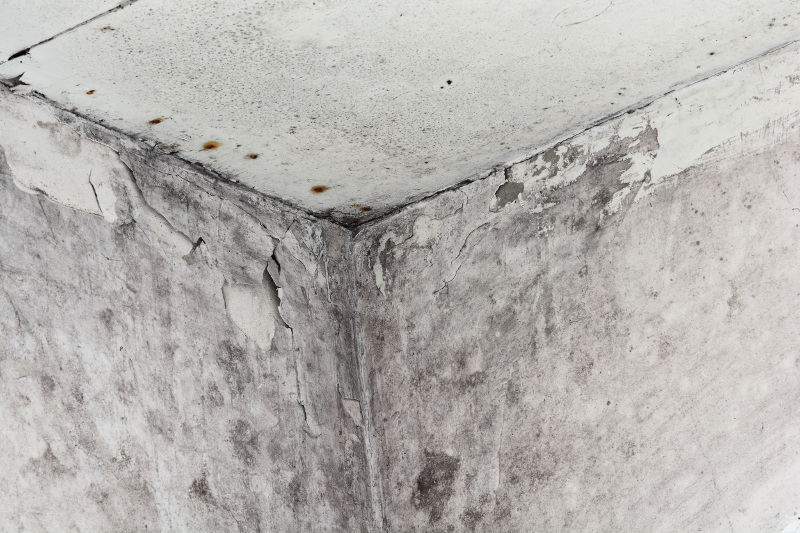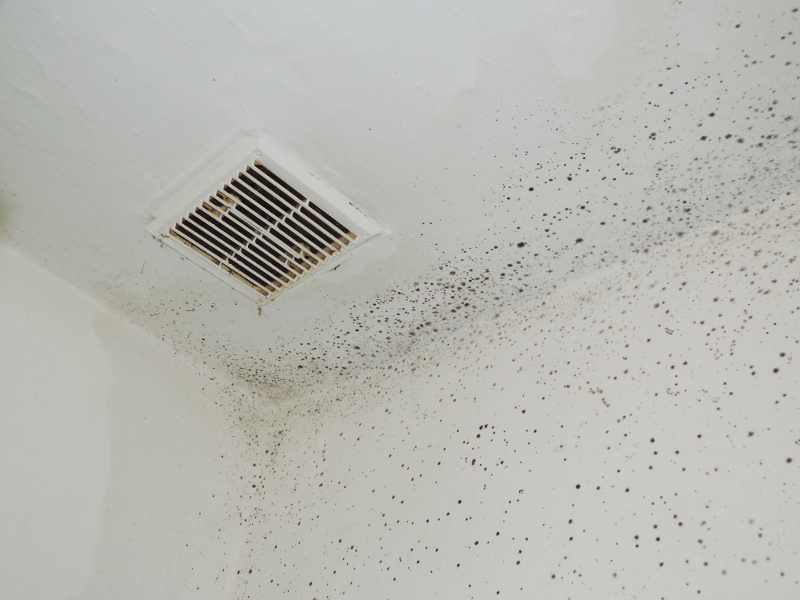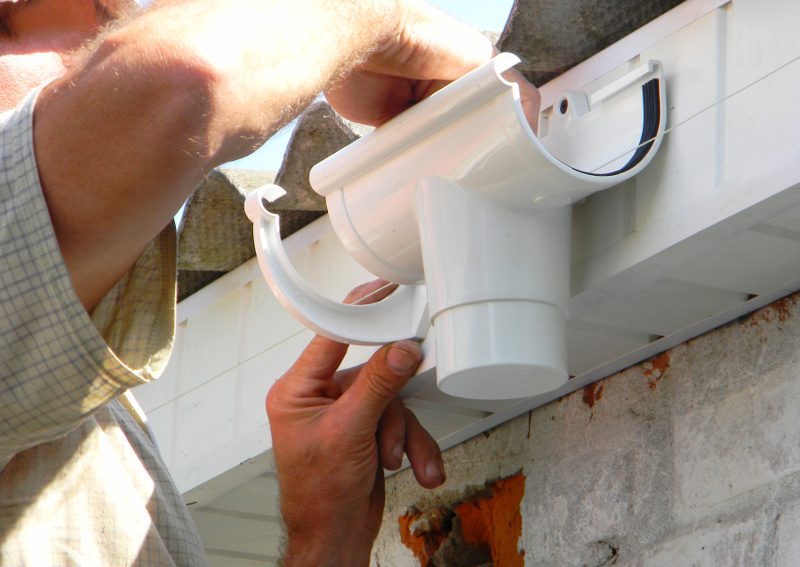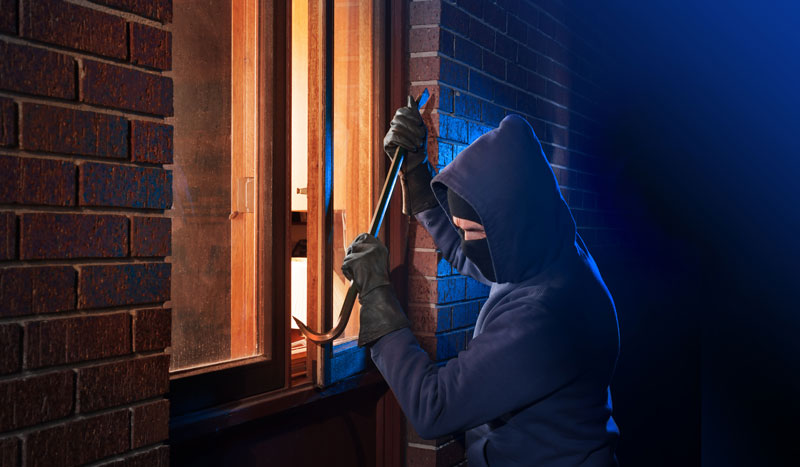Basements can get flooded, especially during heavy rains. Sealing basements from excess moisture is a great way to add an extra layer of protection against the elements. Problems from water leaks and moisture damage can result in thousands of dollar’s worth of damage. Here are some tips that will help you seal your basement properly.
Sealing your Basement
Moisture can enter your basement in a variety of ways – when you are sealing your basement, it is important to keep moisture in mind. Water can enter your basement through cracks in the concrete, especially during heavy rains. Also, since concrete is porous, it allows a certain amount of water vapor into your basement. To combat the water vapor, people often use a humidifier. However, this method only masks the problem. As a result, sealing the basement offers a much more lasting solution.
Eradicating Moisture
To seal the basement properly, you need to make sure that all sources of moisture inside the basement are eradicated. One common way moisture forms in the basement is through the dryer vent – be sure the vent releases the moisture outside. The second way moisture forms is through the air conditioning ducts. Make sure everything is insulated properly to prevent any condensation from forming.
Keeping Rainwater in Check
The next step to sealing basements is to make sure that any trickling rainwater doesn’t go near the foundation. As a result, you may need to install a series of gutters and drains to accomplish this, depending on your situation.
A Solid Foundation
After you divert the rainwater from the foundation, the next step to sealing foundations is to make sure openings for any pipes and ducts are properly sealed. An inspection of all pipes and ducts is appropriate to make sure nothing is leaking. Although you may not see any leaks, keep in mind that even the smallest bit of moisture can be damaging; therefore, seal everything with the proper caulking material. In addition, make sure you caulk and seal any holes in the corners and in the ceiling.
It may take a while to find every area that needs to be sealed, but the more meticulous you are, you will have a better chance at finding everything. After you have sealed everything, it is a good idea to install a dehumidifier for extra insurance.
If you have a recurring problem with flooding, it is also a good idea to purchase and install a sump pump.
We hope these tips will help if you are looking to seal your basement. You may also be interested in our post about 5 Simple Tricks to Reduce Home Water Damage.








